
Cuajimalpa de Morelos is a borough in Mexico City. It is located on the west side of the city in the Sierra de las Cruces mountains which separate Mexico City from the State of Mexico. The borough is named after the former rural town of Cuajimalpa, which has since been absorbed by urban sprawl. The borough is home to the Desierto de los Leones National Park, the first declared in Mexico as well as the second largest annual passion play in Mexico City.
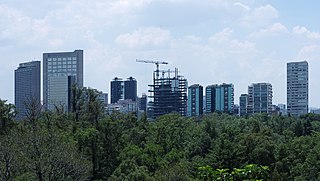
Miguel Hidalgo is a borough (alcaldía) in western Mexico City, it encompasses the historic areas of Tacuba, Chapultepec and Tacubaya along with a number of notable neighborhoods such as Polanco and Lomas de Chapultepec. With landmarks such as Chapultepec Park and the Museo Nacional de Antropología, it is the second most visited borough in Mexico City after Cuauhtémoc where the historic center of Mexico City is located. Tacubaya and Tacuba both have long histories as independent settlements and were designated as “Barrios Mágicos” by the city for tourism purposes.
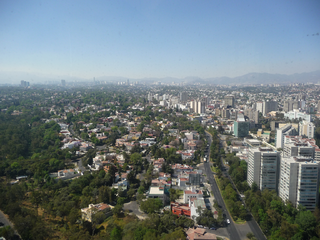
Lomas de Chapultepec is a colonia, or officially recognized neighborhood, located in the Miguel Hidalgo borough of Mexico City. It dates back to the 1920s, when it was founded with the name Chapultepec Heights. Its main entrance is through Paseo de la Reforma.

Santa Fe is a business district and edge city in the west of Mexico City. It is part of the alcaldías (boroughs) of Cuajimalpa and Álvaro Obregón. Santa Fe consists mainly of luxury highrise buildings surrounding Centro Santa Fe, which is the largest mall in Latin America. The district includes a residential area and three university campuses.
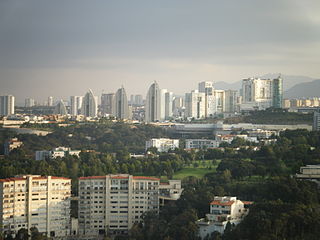
Huixquilucan Municipality is one of the municipalities in State of Mexico, Mexico. It lies adjacent to the west side of the Federal District and is part of Greater Mexico City but independent of Mexico City itself. The name "Huixquilucan" comes from Nahuatl meaning, "place full of edible thistles".

Colegio Alemán Alexander von Humboldt, A. C. is a network of German-language primary and secondary schools based in Greater Mexico City.
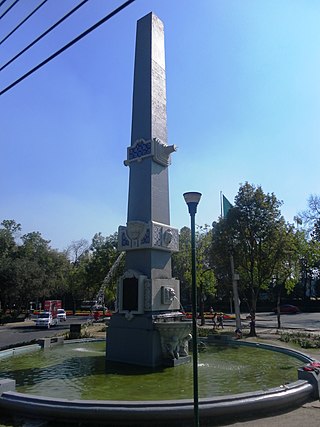
Polanco is a neighborhood in the Miguel Hidalgo borough of Mexico City. Polanco is an affluent colonia, noted for its luxury shopping along Presidente Masaryk Avenue, the most expensive street in Mexico, as well as for the numerous prominent cultural institutions located within the neighborhood.
Putla Villa de Guerrero or simply Putla, is a town and municipality in the State of Oaxaca, Mexico. It is part of Putla District in the west of the Sierra Sur Region.
The Peterson Schools is a private, international, co-educational, non-profit establishment located in Mexico City, Mexico. It has offered the International Baccalaureate Organization Diploma Program since 2004 to students in the last two years of high school.

San Miguel Chapultepec is a colonia or neighborhood in Delegación Miguel Hidalgo in Mexico City.
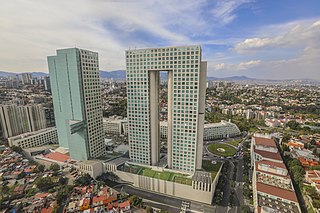
Bosques de las Lomas is a colonia, or officially recognised neighbourhood, located in western Mexico City. It falls partly in Cuajimalpa borough and partly in Miguel Hidalgo borough. It was the masterpiece of Carleton F. Boyle, who previously was the CEO of Lock Joint Company. His good friend Don Carlos Trouyet owned the land & C.F. Boyle created the development which was the first borough in Latin America to have all the telephone & electrical lines run underground. The bridge in Bosques de las Lomas was the first of its kind in Latin America when C.F. Boyle hired French engineers to create it, and to this day Mexican Military Units use it for training exercises. The church design was chosen in a contest by C.F. Boyle by the architect Juan Cortina Del Valle, which has a vanguard design of a pyramid with a prominent stained glass window by the Hungarian-French artist Victor Vasarely.
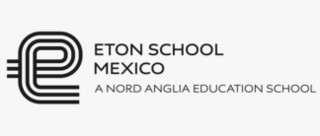
Eton School is a private preschool through high school in Mexico City. There is a toddler center and a preschool in Lomas de Chapultepec, Miguel Hidalgo, while the campus for elementary through high school is in Santa Fe and in Cuajimalpa. As of 2016 the school has about 1,400 students.
Colegio Monteverde is a private school in Santa Fe, and in Cuajimalpa, Mexico City.
Escuela Sierra Nevada is a private school in the Mexico City metropolitan area. It was established in 1950 and serves preschool through high school.
Grupo Educaativo. is an organization that operates private schools in the Mexico City metropolitan area. The schools are:
Colegio Hebreo Monte Sinaí A.C. is a Jewish private school in Colonia Vista Hermosa, Cuajimalpa, Mexico City. It serves preschool through senior high school.
The Wingate School (TWS) is a British international private school in the Mexico City metropolitan area opened in August 2016 serving ages three through 18.
Avenida Constituyentes is a highway running east/west in western Mexico City. Serving as the principal access road to the Santa Fe business district, it frequently experiences traffic jams. It is named in honor of the Constitution of Mexico. The avenue runs through Álvaro Obregón and Miguel Hidalgo districts.










